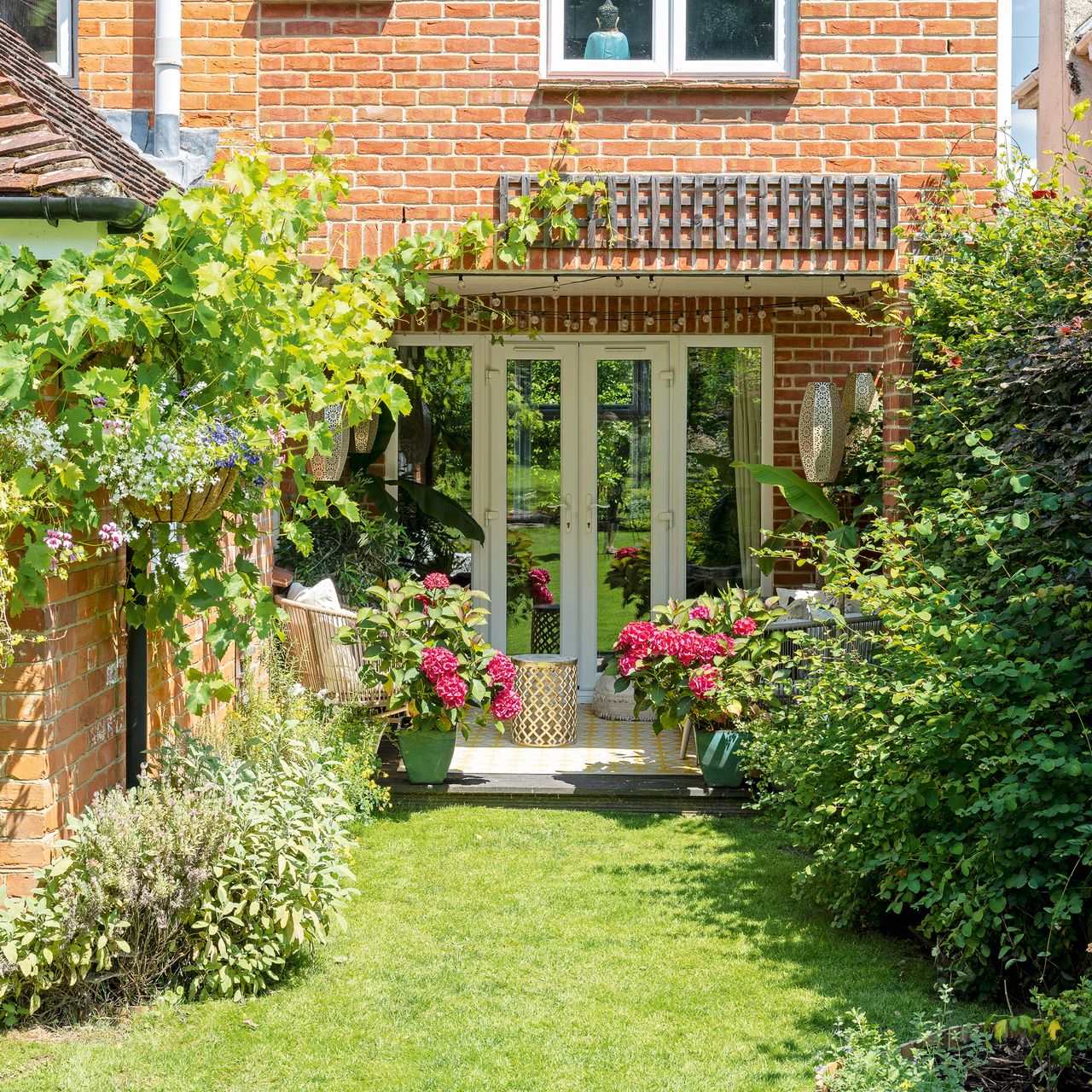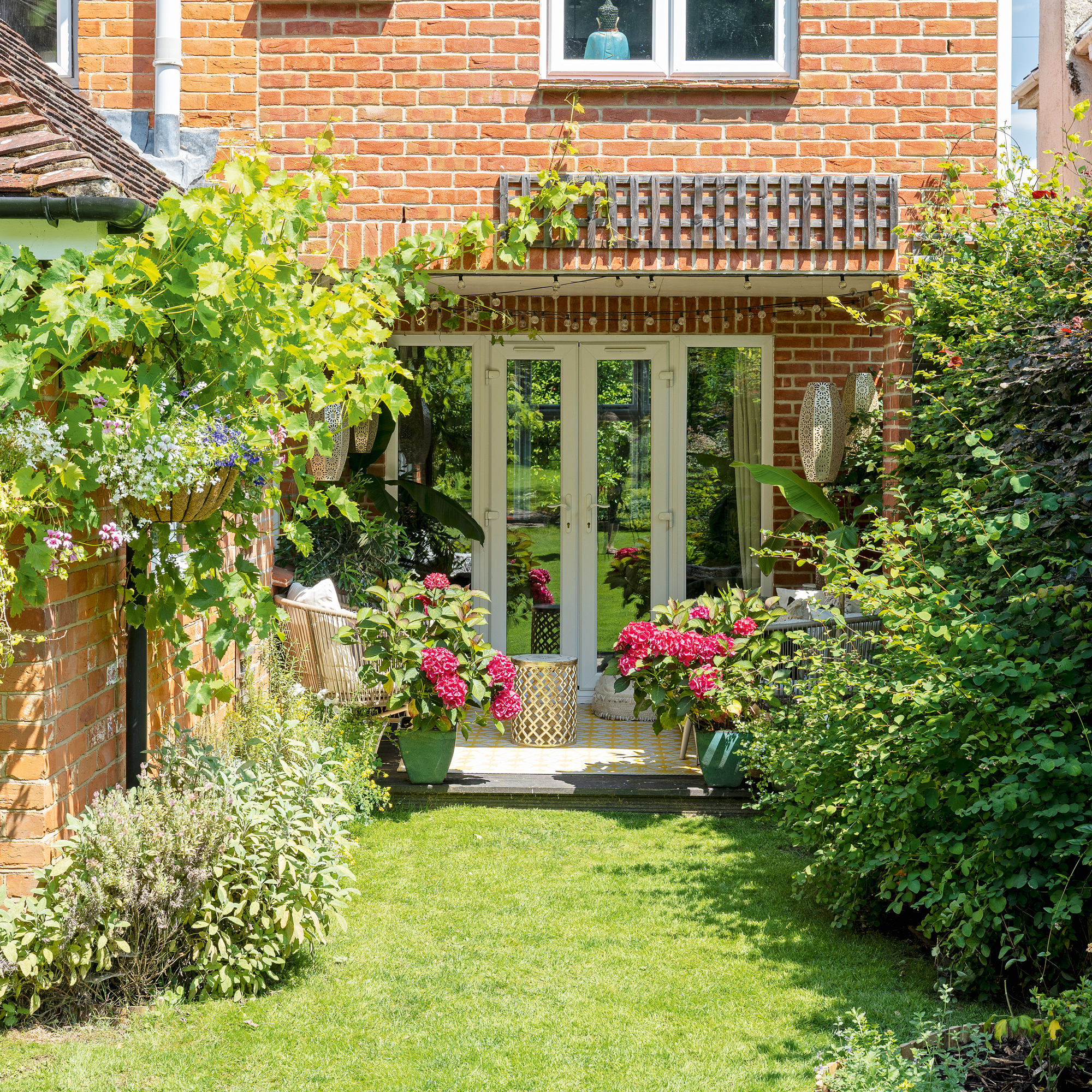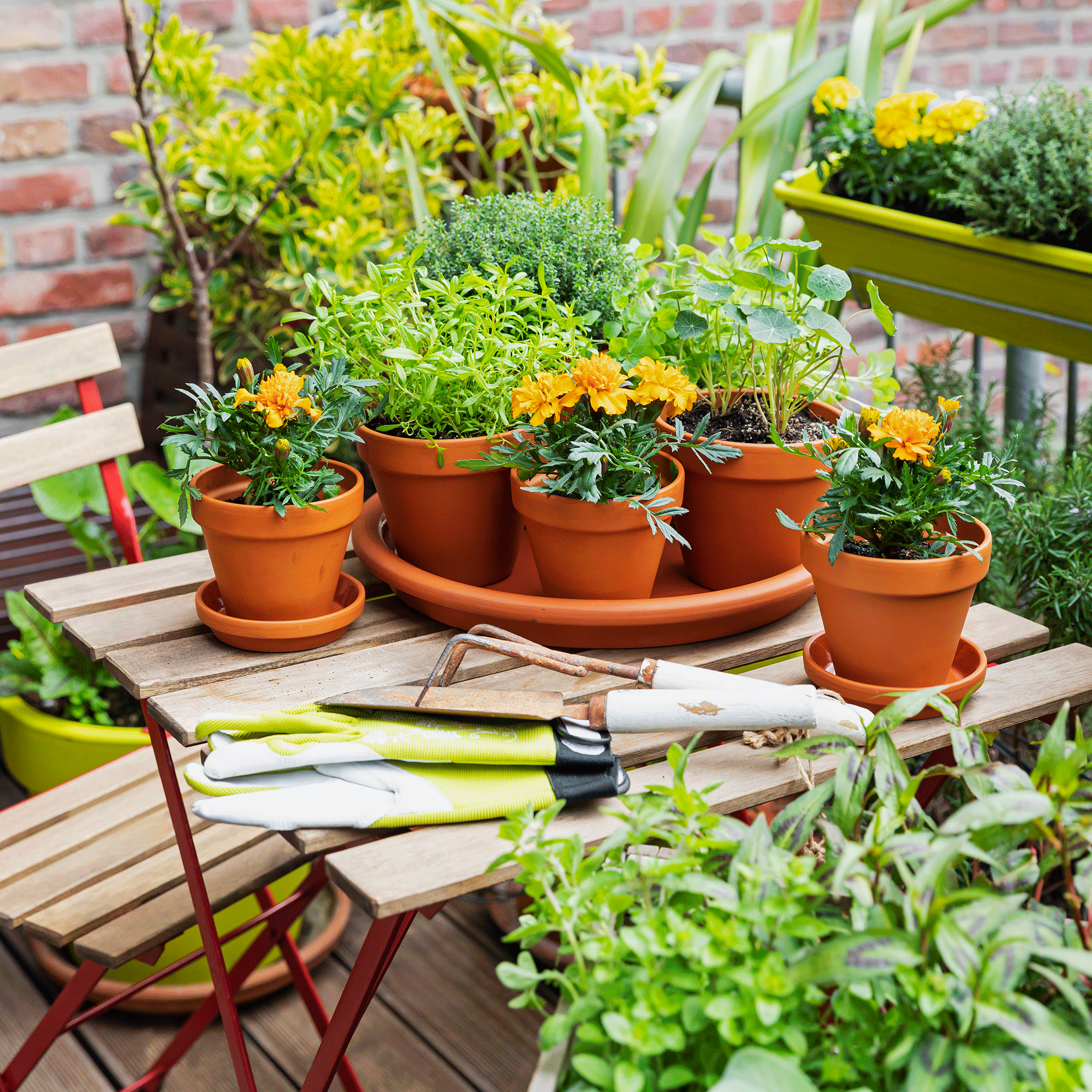
Should you deadhead annuals? Well, let’s just say that Miley Cyrus might buy herself flowers, but you won’t have to if you make deadheading a part of your gardening repertoire!
Annual flowers, of course, are those that live for only one growing season – and while some annual flowers don't need deadheading (always a win for the lazier green-fingered types among us), the general rule of thumb is that most will.
Why? Well, deadheading can prompt a second bloom in many flowering plants, which means your garden will look better and brighter for longer. No small thing, when the weather is often at odds with our planting schemes…

Should you deadhead annuals?
If you’re wondering if you should deadhead annuals like marigolds and petunias, the majority of gardening experts will agree that it’s a good idea to get snipping.
‘Deadheading is removing old or faded flowers from plants so they continue to produce more flowers, rather than putting energy into producing seeds, and it is a must if you want to keep them flowering for as long as possible,’ says Morris Hankinson of Hopes Grove Nurseries.
‘If seedheads form after the flower has faded but not been removed, the flower thinks it has lived its life cycle and will slowly stop flowering. By deadheading, the plants will keep on flowering for as long as they can – usually temperature dependent,’ he adds.
‘Simply deadhead as often as you can by removing faded flowers above the next set of leaves or buds, and it’s likely to make a really big difference in the seasonal colour and longevity of beds, borders, pots and hanging baskets.'
Why? Well, because 'it doesn’t just allow for more flowers to grow; it can keep the plants healthy and tidy for longer, too,' promises Morris.

Of course, there’s no such thing as a hard-and-fast approach to gardening, which means there are a few exceptions to this rule – even when it comes to a question as seemingly simple as ‘should you deadhead annuals?’
‘Some plants are best left alone. Don’t deadhead annuals that provide food or shelter for wildlife, like ornamental grasses, or those with attractive seedheads, such as nigella and poppies,’ says Christopher O'Donoghue, director at Gardens Revived.
‘With tulips, which should be treated as annuals, you should cut the faded flowers but leave the foliage intact to recharge the bulb,’ he adds.
‘It’s also important to avoid deadheading plants that drop their flowers naturally, like busy lizzies, petunias, or calibroachoas.’
FAQs
Are you supposed to deadhead annuals?
Most experts will agree that you’re supposed to deadhead annuals, as the majority will reap the benefits.
‘By removing spent flowers, you stop the plant putting energy into seed production and encourage it to keep producing fresh blooms right through summer,’ says Christopher O’Donoghue of Gardens Revived.
‘Bedding plants like petunias, marigolds, and geraniums will flower for much longer if regularly deadheaded.’
Where do you cut when deadheading?
It's important to know the difference between pruning and deadheading, especially when it comes to figuring out where to cut when deadheading.
‘You can pinch flowers off with your finger and thumb, or use sharp scissors or secateurs for those with tougher stems,’ advises Christopher O’Donoghue of Gardens Revived.
‘Take care to cut just above the first healthy leaf, bud, or side shoot below the spent flower. Or, for plants with multiple stems (like bedding annuals), you can simply pinch or snap off the dead bloom.'
These Niwaki Garden Snips, £15.40, which you can buy from Amazon, are rated highly for comfort and precision.
So, should you deadhead annuals? The answer is usually a resounding yes – for the majority of cases – as removing dead blooms keeps plants looking neat and prevents disease, while encouraging more flowers.
‘The exception is when you want to collect seed, support pollinators, or enjoy ornamental seedheads in autumn and winter,’ chimes in Christopher.
And so, with that caveat in place, it’s time to get to work…







